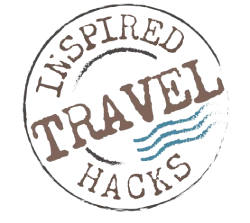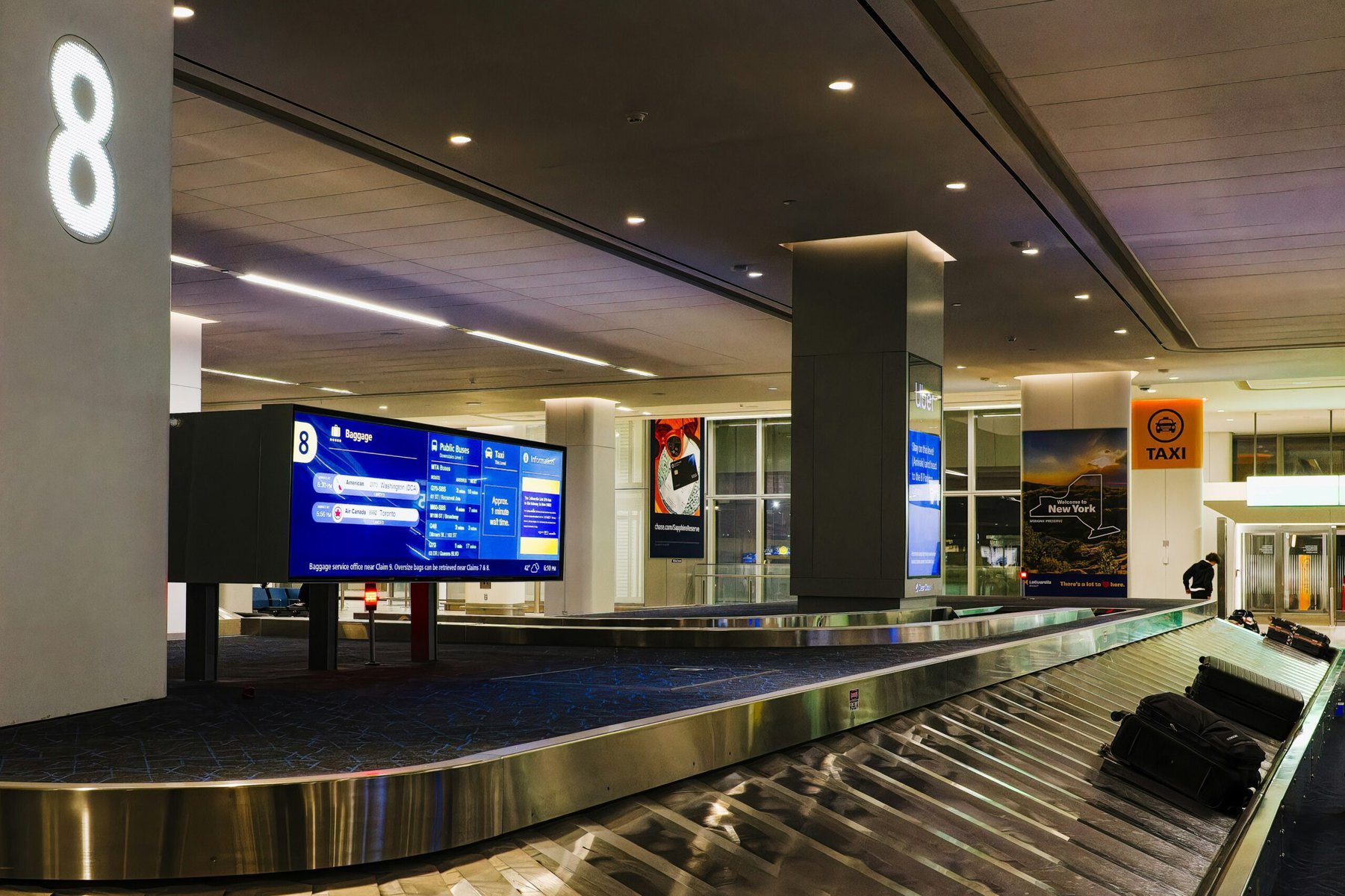
Lost or Damaged Luggage? Here’s What You Need to Do

We all love going away, but nothing can throw a wrench into your travel plans quite like realising your luggage is lost or damaged. Whether you’re left standing at the baggage carousel wondering where your suitcase went or you’re greeted with a broken zipper or missing suitcase wheel, it can be a frustrating experience. The good news is there are specific steps you can take to regain control of the situation. In this blog post, I’ll walk through with you everything you need to do if your luggage gets lost or damaged.
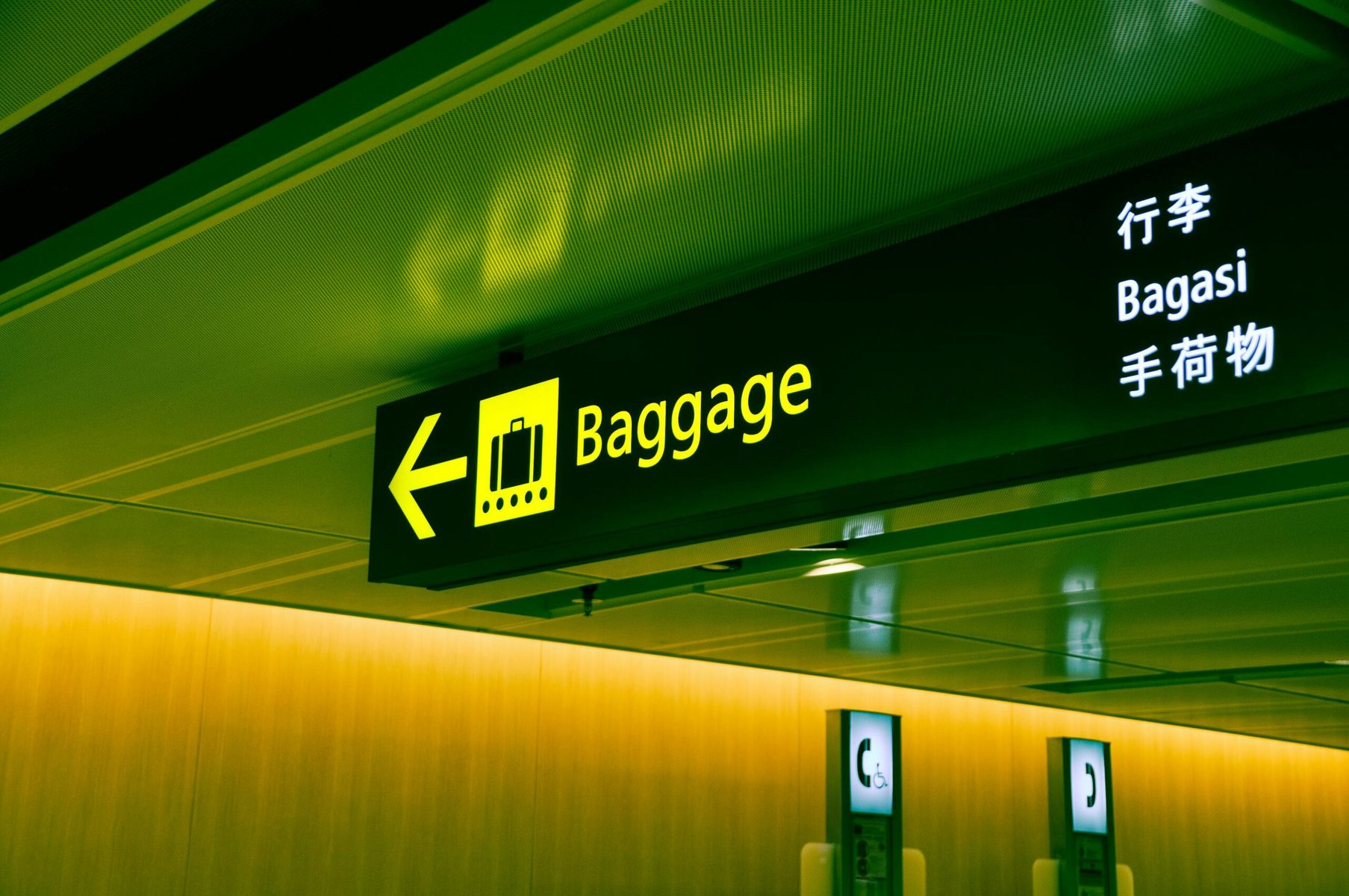
What To Do If Your Luggage Is Missing
Contact The Airline Immediately
The moment you realise your luggage is missing your first stop must be the lost luggage desk, usually located in the arrivals hall of the airport. It’s crucial to report the issue immediately, as most airlines have time limits for filing reports.
At the desk, you’ll need to provide your baggage ticket and identification, so keep those handy. The staff will guide you through the process, asking for details about your bag’s size, colour, and any identifying features. They’ll use this information to create a file and reference number which you’ll need to keep safe for follow-up.
If there isn’t a lost luggage desk, or there is no one available to help you at the airport, then call the airline’s customer service number and initiate the process as soon as possible.
It can be a frustrating experience, but reporting the issue promptly at the lost luggage desk or on the phone is the first and most essential step to getting your luggage back.
Understand The Airline’s Compensation Policy For Essentials – While You Wait
As part of filing your lost luggage report, it is also important to understand the airline’s compensation policy while you wait for updates on your luggage. Most airlines have allowances to cover essential items like toiletries and clothes while your luggage is missing. But the amount you can spend varies by airline, so it’s essential to ask specific information with your airline and any limits or restrictions.
Typically, airlines provide a daily allowance or reimburse reasonable expenses, which may range from $50 to $100 per day, depending on their policy.
Be mindful to only purchase basic necessities, toothbrushes, underwear, or a change of clothes. Always keep all receipts, as your airline will require them when processing your claim. Make sure you get clear instructions on what items are covered. Being informed can help ease the stress during this waiting period.
Request Luggage Is Delivered To Your Location
As part of reporting your lost luggage, request that the airline deliver your luggage to a convenient location once it is found. This could be your home, hotel, or another suitable address, depending on where you plan to be over the next few days. To avoid any confusion or delays, provide the airline with your full, current contact details, including your mobile number, email address, and any alternative ways to reach you, such as a hotel phone number if applicable.
Additionally, check with the airline to ensure there are no hidden fees or restrictions on delivery, as some airlines may only deliver to specific areas or under certain conditions.
Confirm all these details as part of reporting your lost luggage at desk before leaving the airport. All this will help you track progress and streamline communication with the airline, ensuring the process is as efficient as possible.
Track Your Claim
Once you’ve filed your lost luggage report with the airline, follow up regularly with them. Most airlines offer baggage tracking services through their website or customer service channels. Stay proactive to ensure that your luggage is returned to you as soon as possible.
What To Do When Your Lost Luggage is Returned
When your lost luggage is returned, it’s crucial to check it straightaway. Check the exterior of the bag for any signs of damage. Open the bag and review its contents to ensure all your belongings are intact and nothing is missing. If you notice any damage or lost items, document the issue immediately by taking clear photos as evidence. Contact the airline’s customer service team as soon as possible to report the problem, referencing your case number. Many airlines have specific timeframes for reporting such issues, so quick action again is key.
File A Lost Luggage Claim
After 21 days, if your luggage still hasn’t been located, it’s typically considered officially lost. This timeframe can vary slightly depending on specific policies, but 21 days is a common standard used by many airlines.
After this period, you can begin the process of claiming compensation for your lost items with the airline. Provide a list of items that have been lost and any receipts you may have. Check with your airline the exact policy and process details, and file your lost luggage claim accordingly.
Also note, the airline may deduct previously incurred expenses for clothing and toiletries from your final compensation claim. To avoid surprises, take the time to review this part of the airline’s compensation policy to understand exactly what will and won’t be covered. Keep detailed records of all your purchases, including receipts for items you’ve bought during the waiting period.
These records will be essential when negotiating for fair compensation. When dealing with the airline, stay calm and assertive, presenting the necessary documentation to support your claim. The more informed and prepared you are, the better your chances of ensuring the airline provides reasonable compensation for your lost belongings.
Check Your Credit Card and Travel Insurance Policy
While the airline is primarily responsible for compensating you for lost luggage, it’s is also recommended to check your personal travel insurance policy or credit card plan. Many travel insurance and credit card plans include provisions for lost or delayed baggage, which can supplement the airline’s reimbursement. This is particularly useful if the airline’s compensation doesn’t fully cover the value of your missing items or if you had important belongings that require urgent replacement. Take the time to check the terms of your policy, such as claim limits and documentation requirements, to ensure you follow the correct process. Using your travel insurance for lost luggage can help minimise financial loss.
For some great tips on how to prevent your luggage getting lost, read my travel blog on 7 Ways To Prevent Your Luggage Getting Lost.
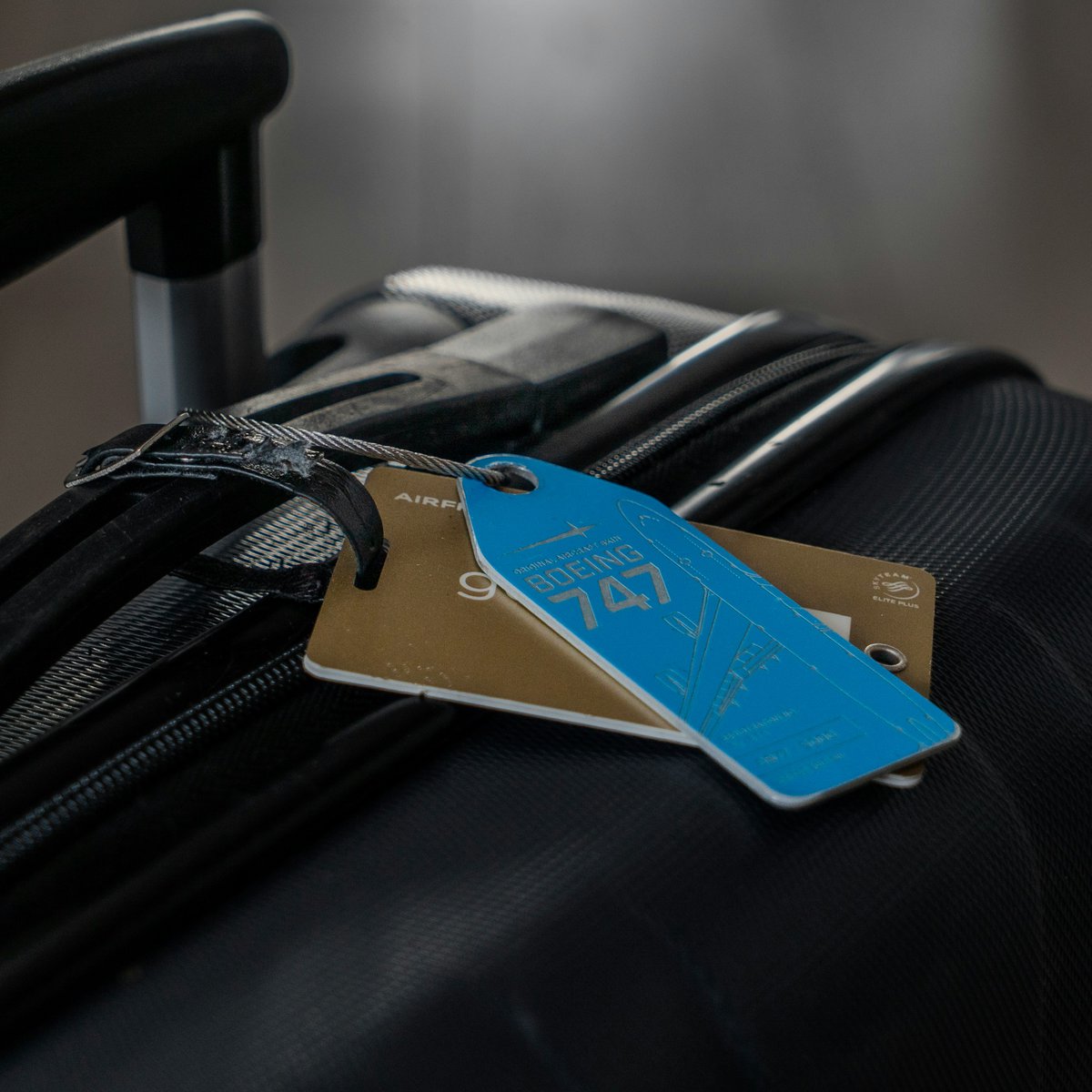
What To Do If Your Luggage Is Damaged
Report the Damage Immediately
If you discover your luggage is damaged upon retrieval, firstly take clear photos of the damage. Next, report the issue immediately with the airline’s customer service or baggage claims desk. It is also helpful to include photos of the luggage before the damage occurred, if you have them.
Be calm and clear during your communication, and ask for a copy of the damage report for your records and your reference numbers of logging this issue. Acting promptly is essential, as airlines often have strict deadlines for damage claims.
If you’ve already left the airport, you still have time to report the damage. Most airlines allow you to file a claim within 7 days of your flight. Check the airline’s specific timeline for claims immediately to avoid missing any deadlines.
Airline Compensation
Airlines often compensate passengers for damaged luggage through repair, replacement, or monetary payment. Once you have filed your claim, the airline will contact you with the outcome of their assessment, detailing the compensation options available and any additional information they may need from you to finalise the process.
It’s important to keep records of all communication, such as emails or reference numbers, and remain patient, as resolution times can vary depending on the complexity of the claim.
Keep in mind that airlines will, of course, exclude any liability for “normal wear and tear,” like minor scratches or dents.
Contact the Luggage Manufacturer
If the damage resulted from a manufacturing defect and not mishandling by the airline, your luggage’s warranty might cover repairs or replacement. Reach out to the manufacturer and provide proof of purchase along with photos of the damage. Many luggage manufacturers offer lifetime or extended warranties, so it is always worth checking.
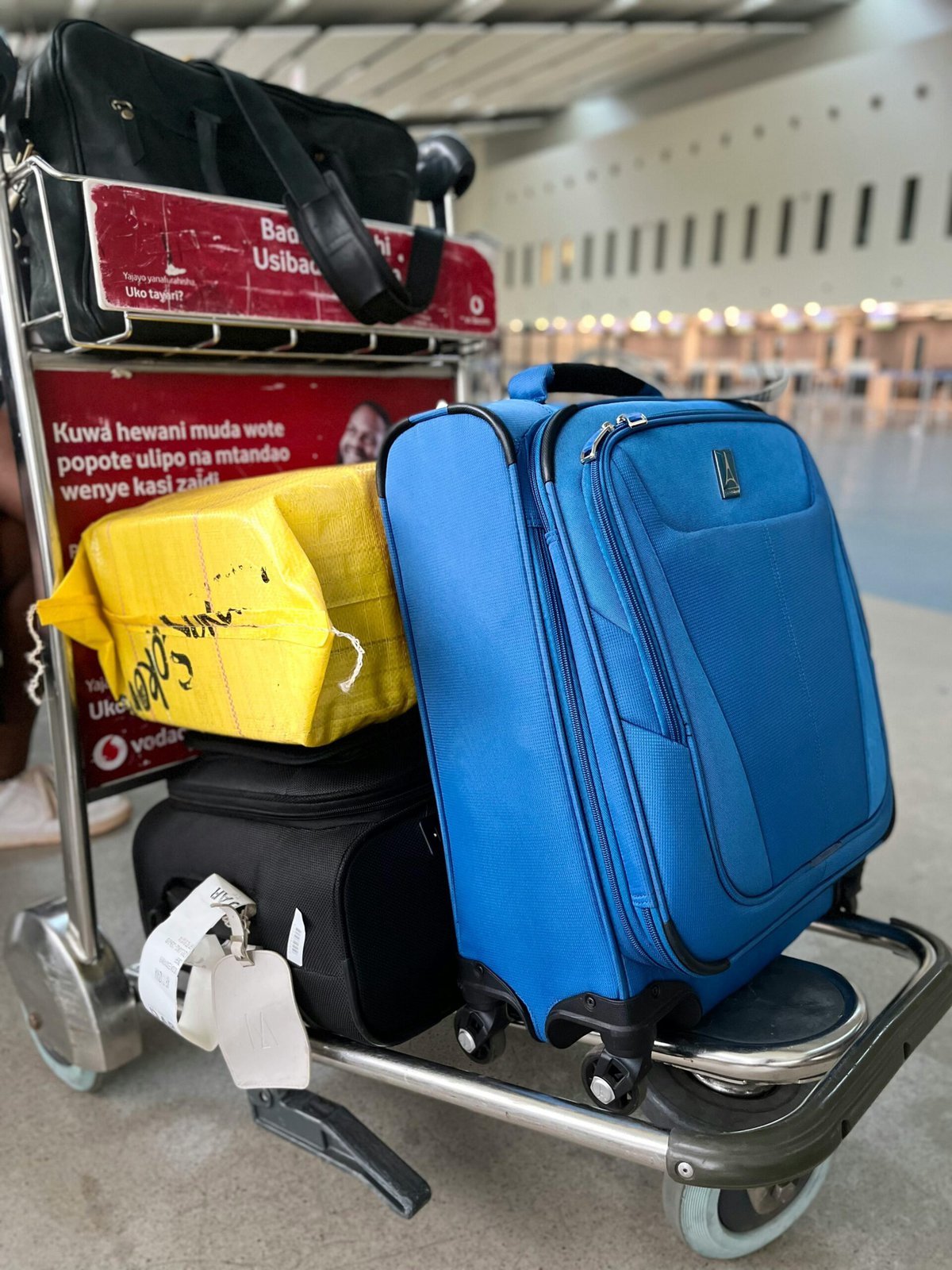
Final Things To Keep In Mind
Keep All Receipts: Whether you’re purchasing replacement toiletries, temporary clothing, or are filing claims, receipts are your best friends. They serve as evidence for reimbursement requests.
Continually Follow Up: Airlines, insurance and credit card providers can be slow in processing claims, so regular follow-ups are crucial.
Understand Your Rights: Familiarise yourself with both your airline’s baggage policy, travel insurance and international aviation laws like the Montreal Convention. This knowledge ensures you can advocate for fair treatment.
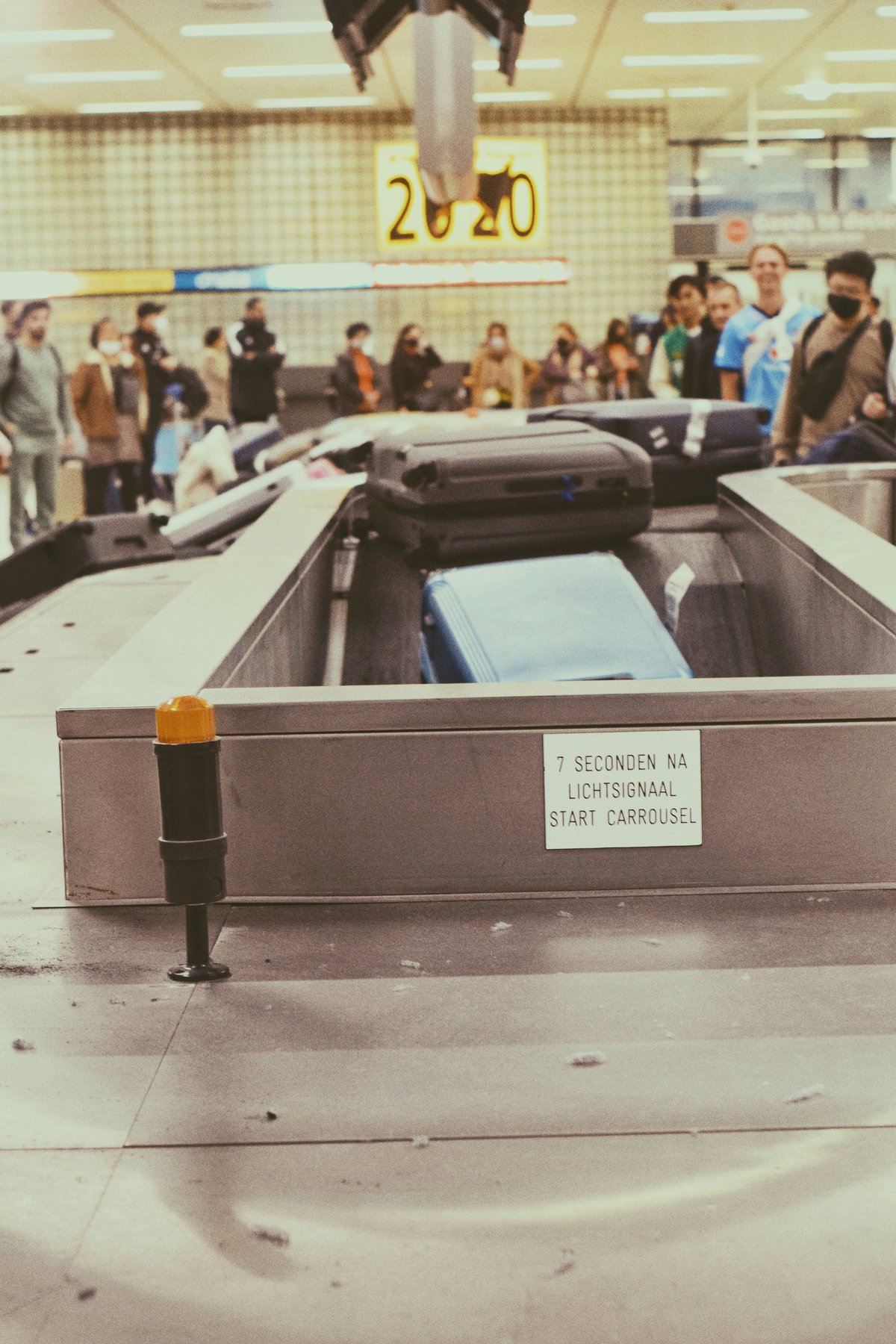
So To Wrap Up On Lost or Damaged Luggage…
Dealing with lost or damaged luggage can be stressful, but taking these immediate steps will make the process more manageable. Always start by inspecting your luggage carefully, documenting any damage, and filing a claim with the airline as soon as possible — ideally before leaving the airport. Familiarise yourself with the airline’s policies to understand your rights and the compensation options available. Keep thorough records of all communication and don’t hesitate to follow up if needed. Most importantly, stay calm and proactive; airlines are typically cooperative in resolving these issues. With these steps and persistence, you can handle even the most frustrating luggage mishaps with confidence.
For some great tips on how to prevent your luggage getting lost, read my travel blog on 7 Ways To Prevent Your Luggage Getting Lost.
